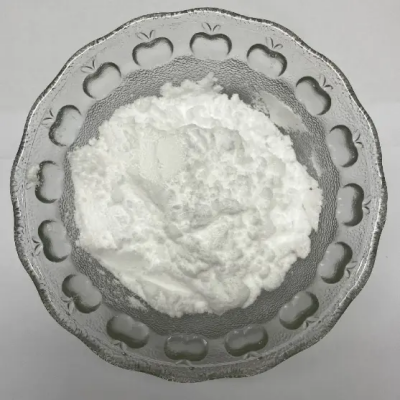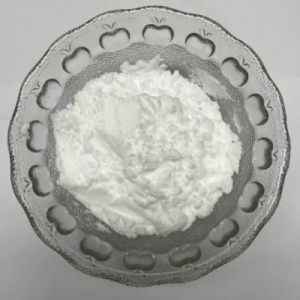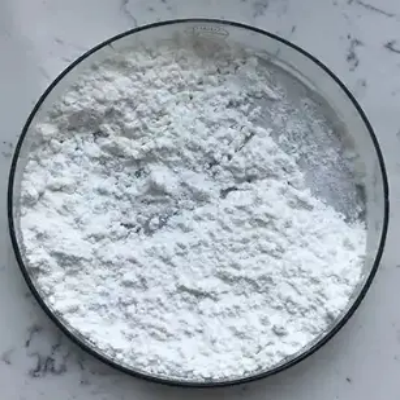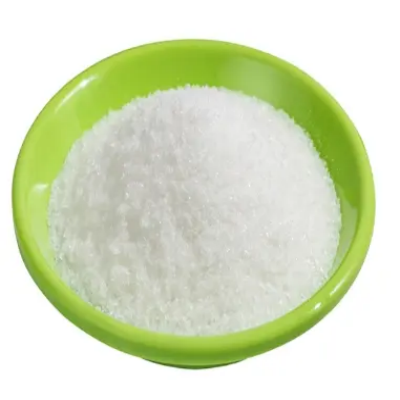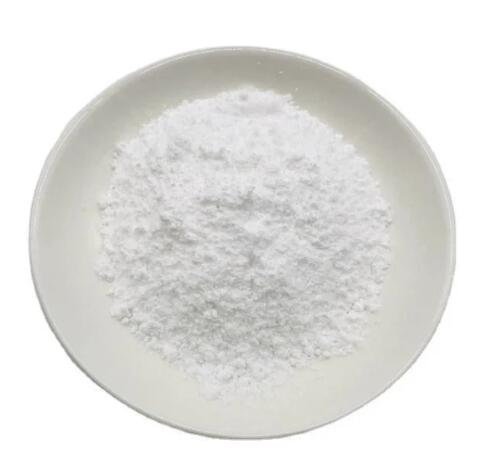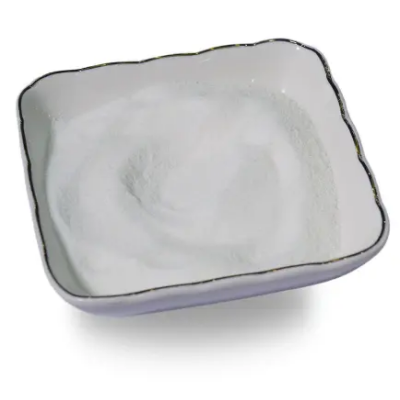4-Chloro-2-methylsulfanyl-pyrimidine-5-carboxylic acid ethyl ester CAS:5909-24-0
The molecular structure of 4-Chloro-2-methylsulfanyl-pyrimidine-5-carboxylic acid ethyl ester comprises a pyrimidine core substituted with a chloro group at the 4-position, a methylsulfanyl group at the 2-position, and an ethyl ester at the 5-position. This structural arrangement imparts specific physicochemical properties essential for pharmaceutical use, including solubility, stability, and reactivity. The presence of the chloro and methylsulfanyl groups enhances the compound's potential interactions with biological targets, influencing its pharmacological efficacy. Synthesis and Applications The synthesis of 4-Chloro-2-methylsulfanyl-pyrimidine-5-carboxylic acid ethyl ester typically involves multi-step synthetic routes starting from commercially available starting materials. Common methodologies include condensation reactions and subsequent functional group transformations to introduce the chloro and methylsulfanyl groups onto the pyrimidine core, followed by esterification to form the ethyl ester. The synthesized compound finds applications in medicinal chemistry, serving as a scaffold for developing novel therapeutic agents targeting various diseases. Pharmaceutical Relevance In medicinal chemistry, derivatives of 4-Chloro-2-methylsulfanyl-pyrimidine-5-carboxylic acid ethyl ester demonstrate promising pharmacological activities, such as antibacterial and antifungal properties. The compound's molecular architecture facilitates specific interactions with biological targets, making it valuable for the synthesis of potential drug candidates. Researchers explore its structural diversity to optimize pharmacokinetic profiles and enhance therapeutic efficacy, addressing critical medical needs and advancing drug discovery efforts. Therapeutic Potential The diverse pharmacological profile of derivatives of 4-Chloro-2-methylsulfanyl-pyrimidine-5-carboxylic acid ethyl ester positions them as promising candidates for treating infectious diseases caused by bacteria and fungi. The compound's ability to modulate specific molecular pathways underscores its therapeutic potential, driving ongoing research efforts to elucidate its mechanisms of action and optimize clinical outcomes. Conclusion In conclusion, 4-Chloro-2-methylsulfanyl-pyrimidine-5-carboxylic acid ethyl ester emerges as a versatile compound with significant implications in medicinal chemistry and drug discovery. Its intricate molecular structure and diverse pharmacological activities make it a valuable tool for researchers aiming to develop innovative therapies for infectious diseases. As scientific investigations into its biological properties and synthetic methodologies progress, further insights are expected to accelerate its translation into clinical applications, ultimately benefiting global healthcare efforts.



| Composition | C8H9ClN2O2S |
| Assay | 99% |
| Appearance | white powder |
| CAS No. | 5909-24-0 |
| Packing | Small and bulk |
| Shelf Life | 2 years |
| Storage | Store in cool and dry area |
| Certification | ISO. |


